
New Retro
New Retro is a restaurant tucked away in the basement of Zakkushi in Cabbagetown.
Led by the exuberant Tony Mizuki, it's a spot that hopes to be a place you can stop by on your way home after a long day. The concept behind it is omotenashi - an idea of hospitality that comes from the truest depths of one's heart.
Mizuki, or Tony-san as he likes to be called, wants every customer to feel welcomed when they enter.
"I'm confident they'll be happy," he tells me.
He tries his best to speak with everyone who comes in and hopes people are understanding of his English.
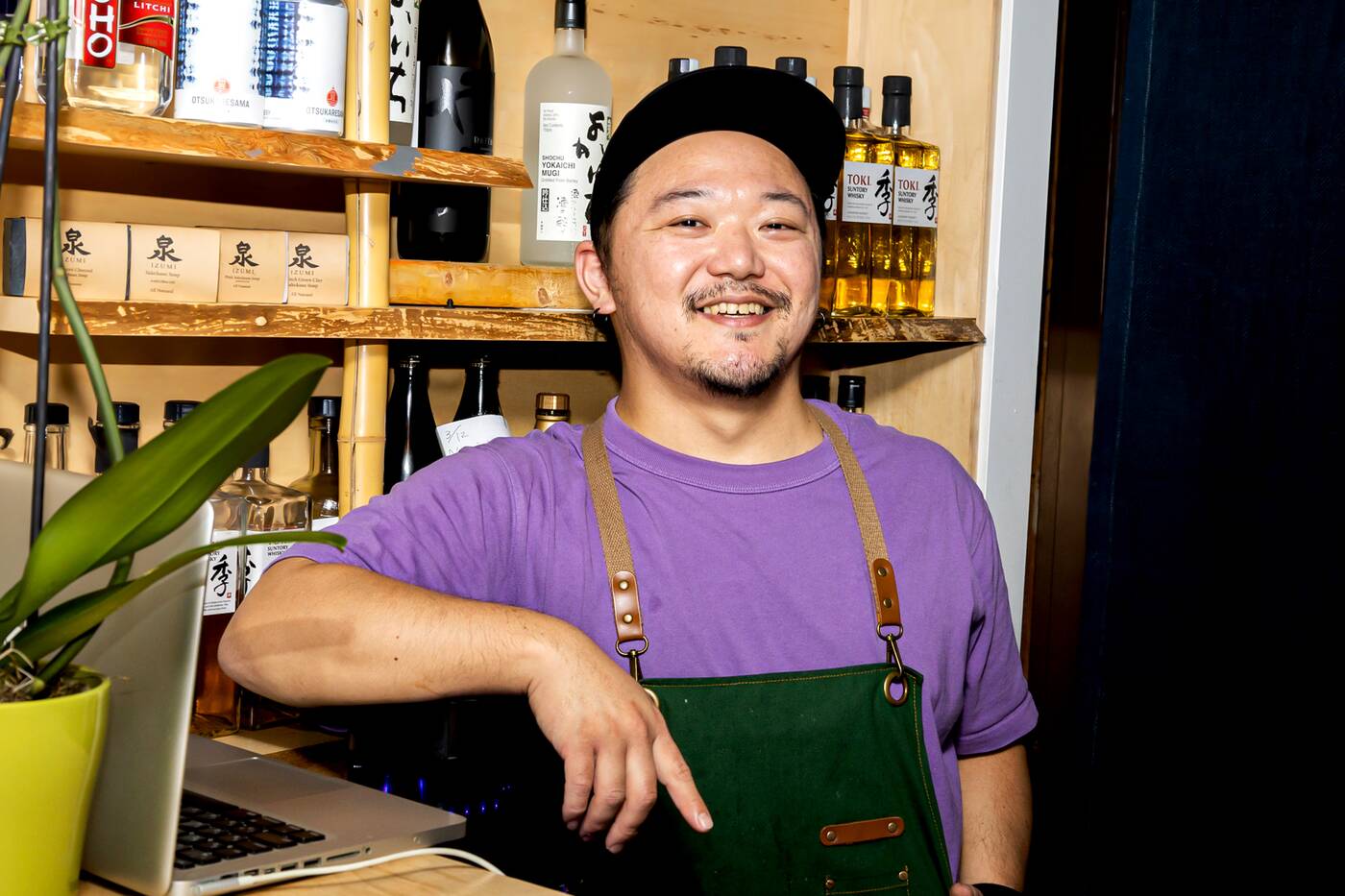
Tony started working in a yakitori-ya shop when he was 18 years old in Kyushu, Japan. During that time, he also managed an Italian-fusion restaurant while moonlighting as a reggae DJ before coming to Canada.

There's usually a mix of reggae, J-pop, city pop, and soul music flowing through the room's original Sansui speakers during service. It's not a surprise that the playlist is selected by Tony.
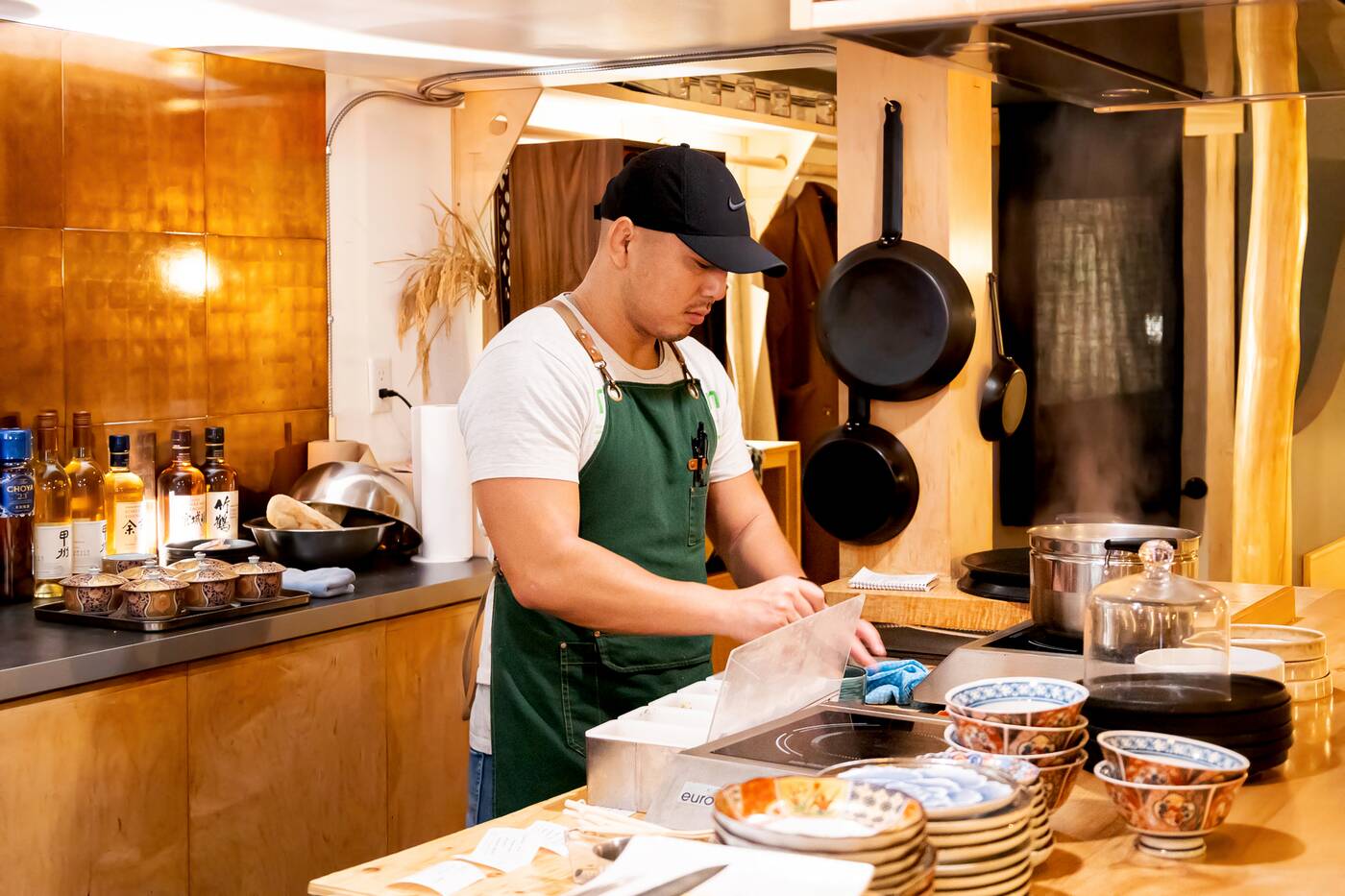 For the best experience, I suggest sitting at the bar so you can interact with Tony. Everything on the menu incorporates local produce and meats with Japanese spices and elements. There's a base menu with all the bar standards as well as a weekly rotating menu that Tony creates.
For the best experience, I suggest sitting at the bar so you can interact with Tony. Everything on the menu incorporates local produce and meats with Japanese spices and elements. There's a base menu with all the bar standards as well as a weekly rotating menu that Tony creates.
"I make the menu by feeling, not thinking. A lot of it is sudden inspiration," he explains.
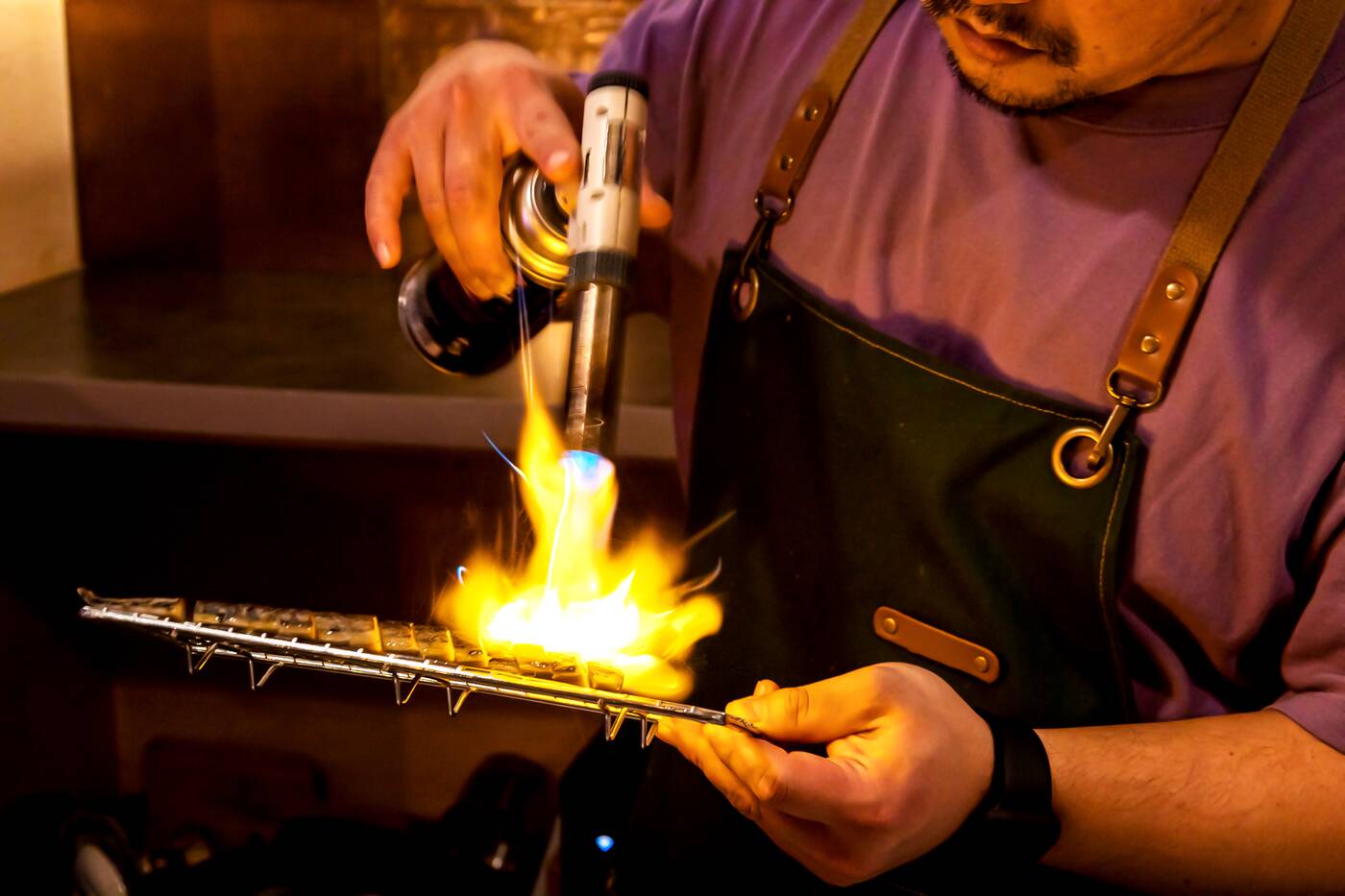 If there is anything a customer is craving, Tony tells me he will make it off-menu as long as he has the ingredients. Much like the popular series Midnight Diner on Netflix, it follows the practice of omakase, where a diner places the dining decisions to the chef.
If there is anything a customer is craving, Tony tells me he will make it off-menu as long as he has the ingredients. Much like the popular series Midnight Diner on Netflix, it follows the practice of omakase, where a diner places the dining decisions to the chef.
Tony tells me customers have told him things like they're "only 80 per cent hungry but have already tried everything on the menu." Sometimes they tell him what kind of dish they want. (Aside: he makes great pasta.) Sometimes it's a specific ingredient they request.
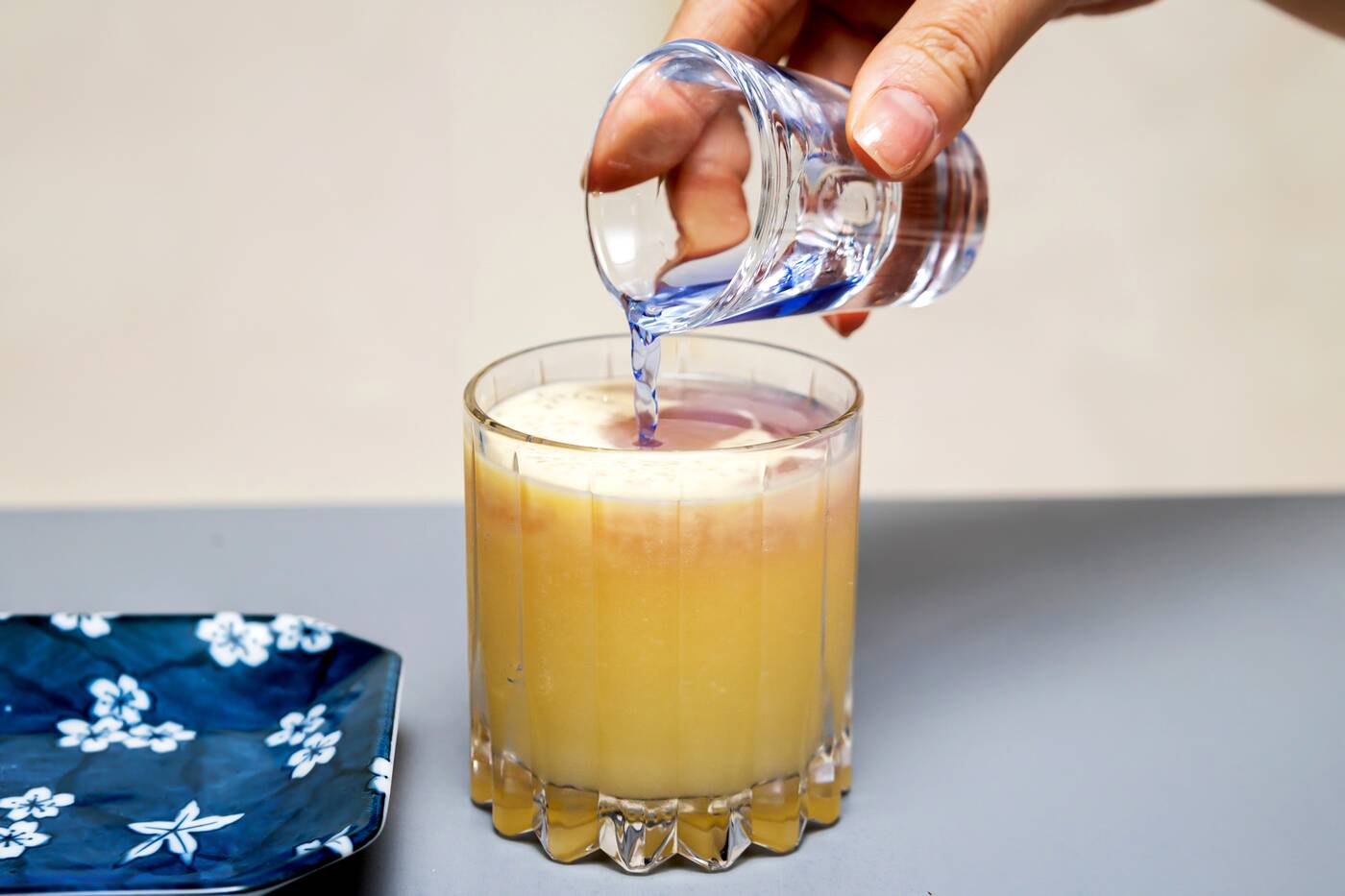 Intrigued, I asked Tony to make me a drink that used yuzu because I love sour citrus notes. I also told him I'd like it to feel like Haru (the Japanese word for spring).
Intrigued, I asked Tony to make me a drink that used yuzu because I love sour citrus notes. I also told him I'd like it to feel like Haru (the Japanese word for spring).
He made me a yuzu white sour with a Hana sake you pour in. The colour changed into a soft and pretty purple colour with the addition of the sake. It was absolutely perfect and a special experience I'll remember.
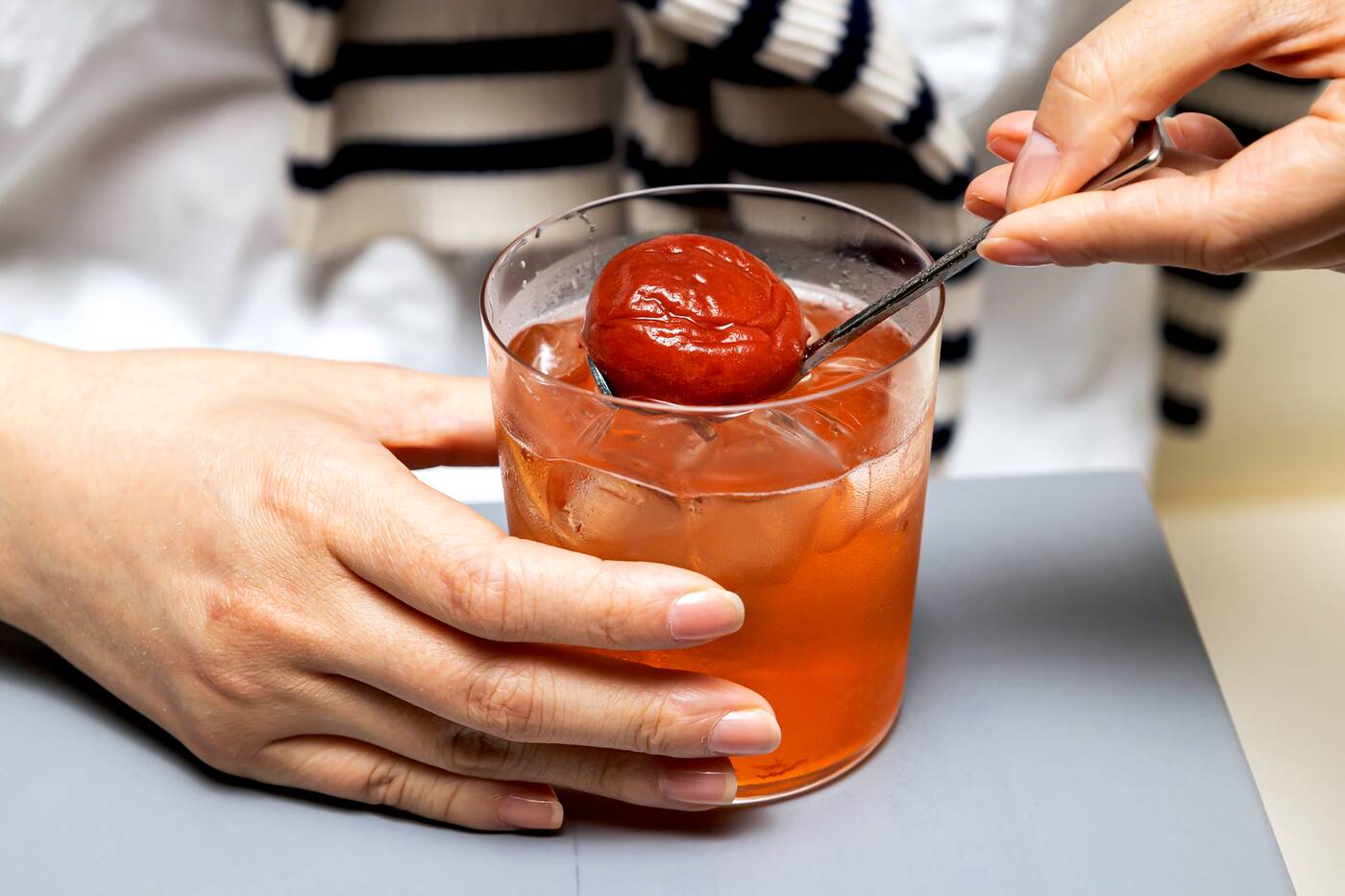 Another unique drink on their cocktail menu is the Kyukyoku no Ume ($13) which uses a plum alcohol as a base and features a massive sour plum you crush. The more you crush it, the more sour your drink becomes so it can be adjusted to your preference.
Another unique drink on their cocktail menu is the Kyukyoku no Ume ($13) which uses a plum alcohol as a base and features a massive sour plum you crush. The more you crush it, the more sour your drink becomes so it can be adjusted to your preference.
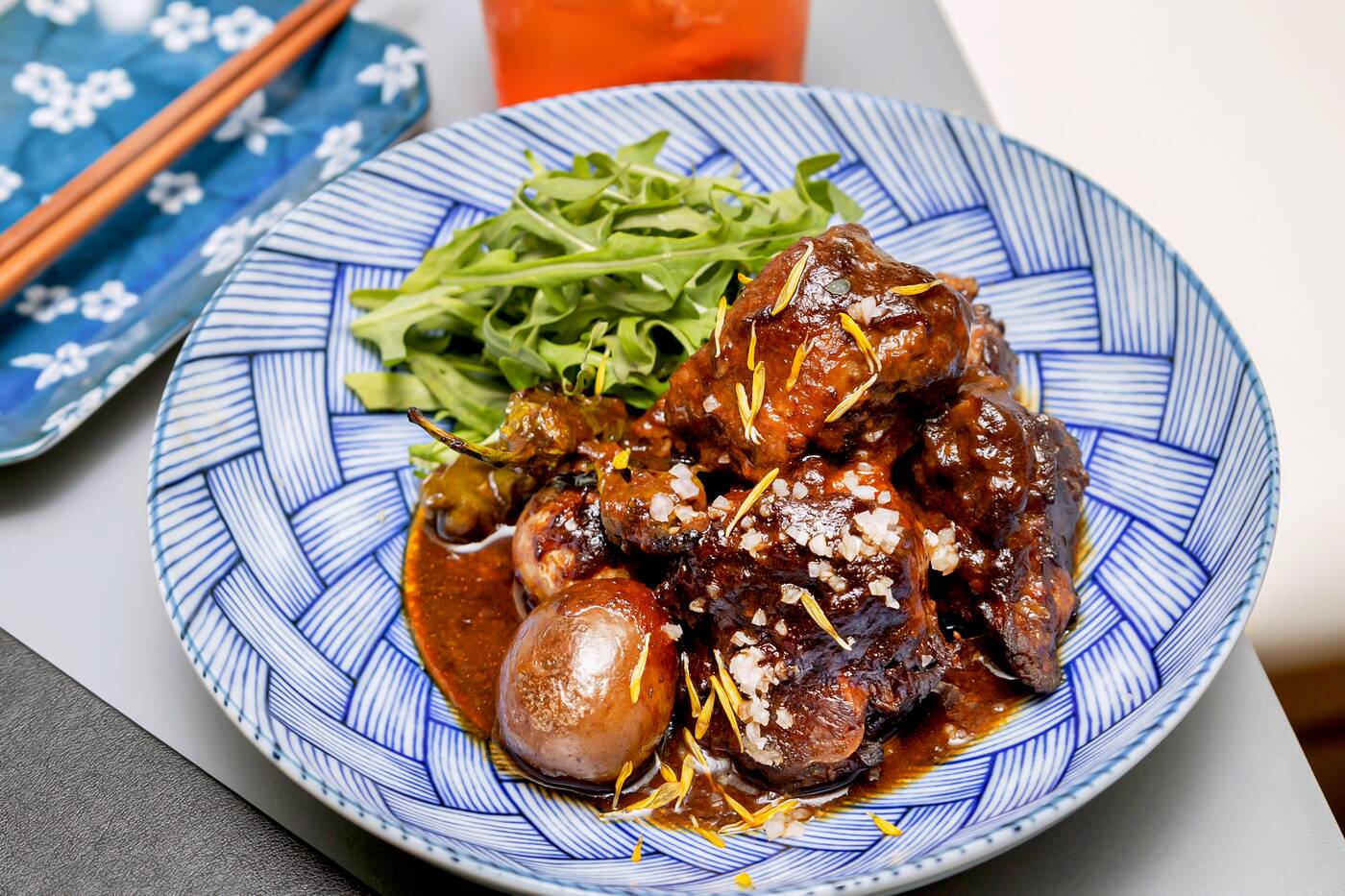 The Stewed Oxtail ($24) is cooked for five days in hatcho miso and red wine, and comes with seasonal veggies. The dish is tender and reminds me of home-cooked dinners.
The Stewed Oxtail ($24) is cooked for five days in hatcho miso and red wine, and comes with seasonal veggies. The dish is tender and reminds me of home-cooked dinners.
 Torched vinegared mackerel is topped with cilantro, pine nuts, sansho, saikyo miso and sesame to make the Thailandaise Seared Mackerel ($17). As someone who dislikes cilantro, this made me question if I really dislike it because it didn't overpower the minerality of the mackerel.
Torched vinegared mackerel is topped with cilantro, pine nuts, sansho, saikyo miso and sesame to make the Thailandaise Seared Mackerel ($17). As someone who dislikes cilantro, this made me question if I really dislike it because it didn't overpower the minerality of the mackerel.
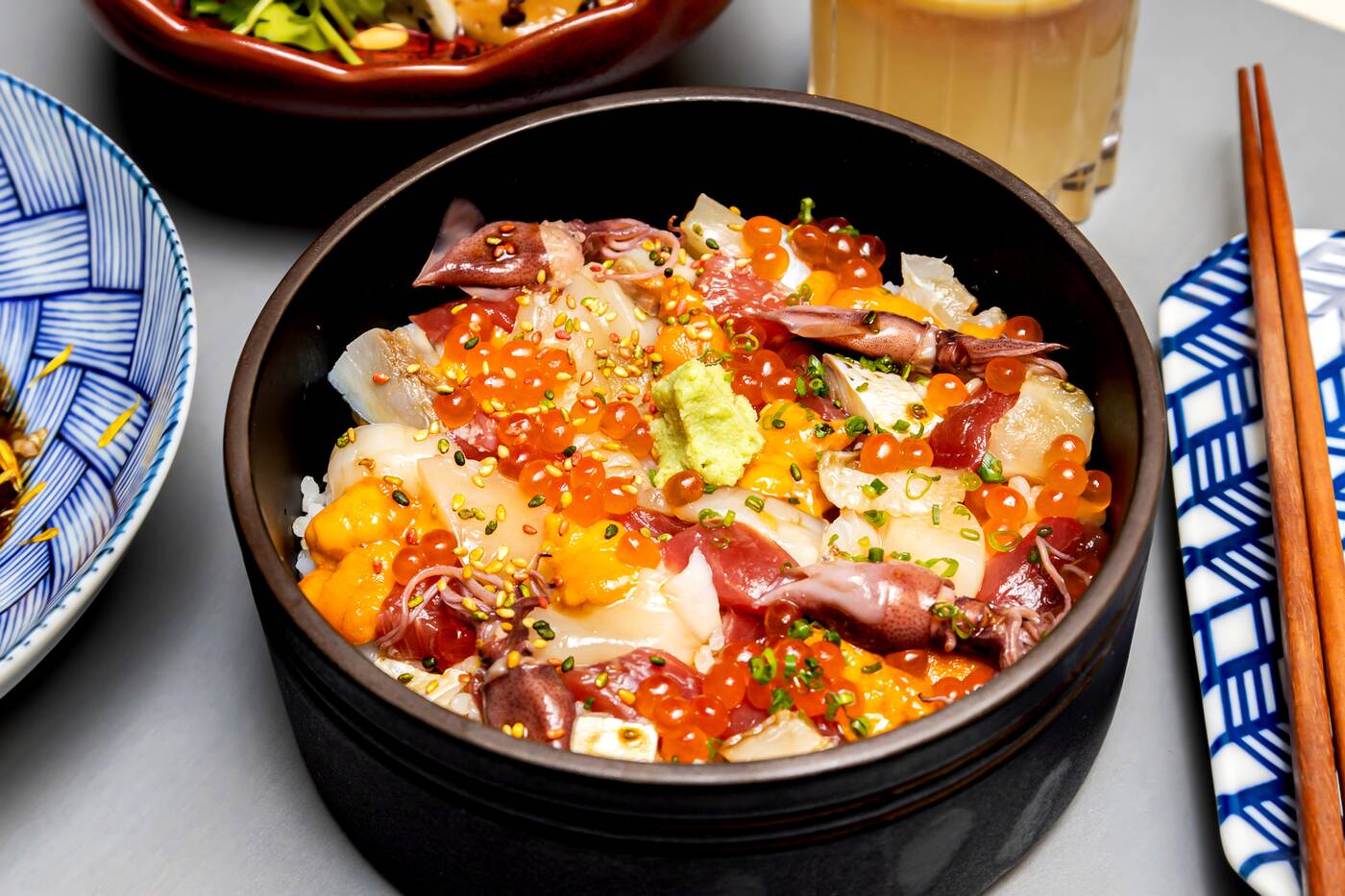 All the fish used for the sashimi courses comes from Japan and shares the same supplier as Aburi Hana and Yukashi. The Chirashi ($20) became one of their most popular dishes after an influencer from Xiaohongshu - a huge Chinese social media app - posted about it.
All the fish used for the sashimi courses comes from Japan and shares the same supplier as Aburi Hana and Yukashi. The Chirashi ($20) became one of their most popular dishes after an influencer from Xiaohongshu - a huge Chinese social media app - posted about it.
Make sure to add a pinch of wasabi with every bite to balance the umami of the seafood.
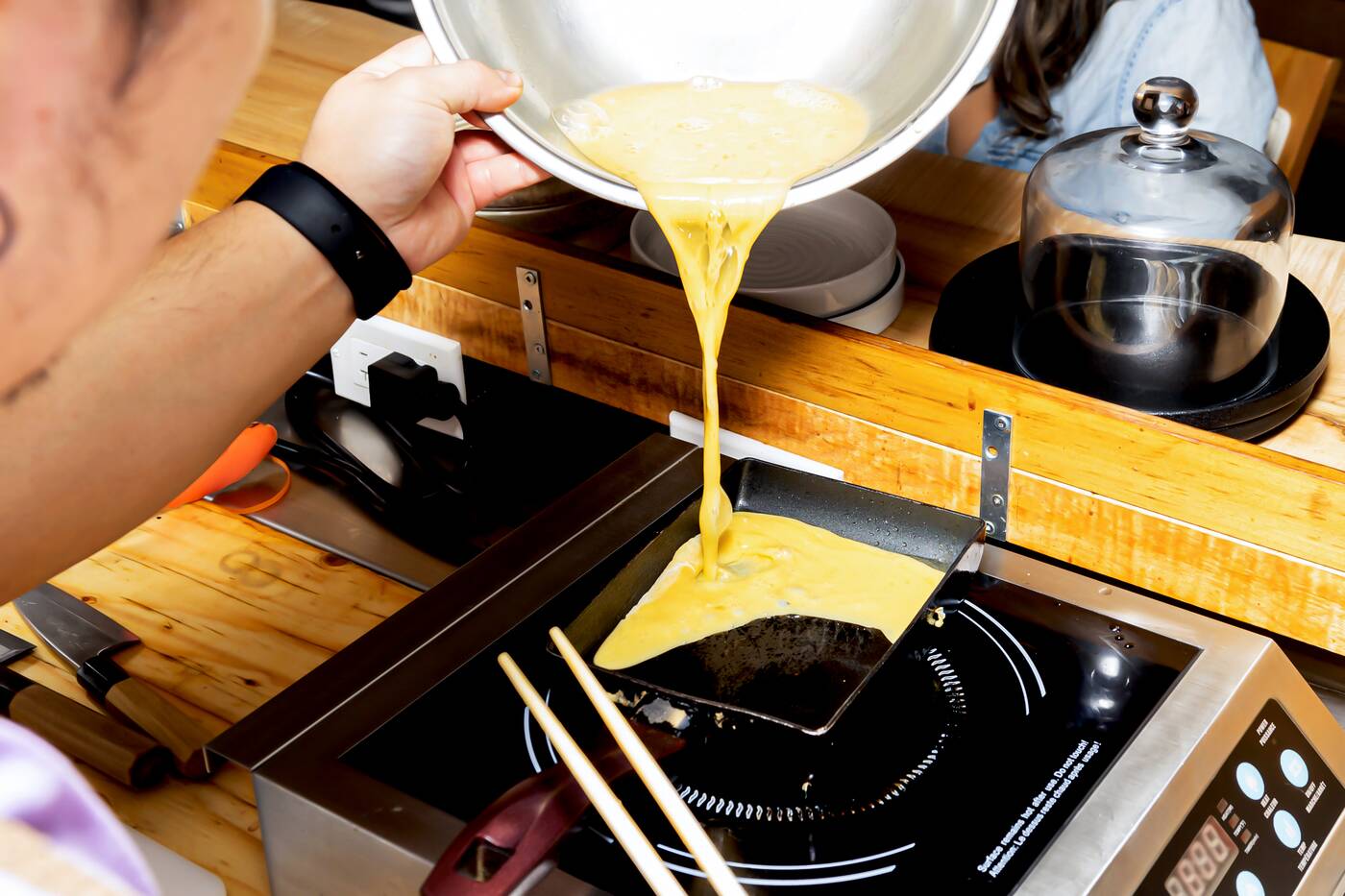 The Dashi Maki ($12) is popular among Japanese regulars. It's a dish that requires three years to master the technique. A classic item found in Japan, the omelet is like a delicate pillow.
The Dashi Maki ($12) is popular among Japanese regulars. It's a dish that requires three years to master the technique. A classic item found in Japan, the omelet is like a delicate pillow.
 Tony's personal favourite is the Beef Tartare ($20). I'm told to mix it well to incorporate the capers, truffle oil, and salted quail egg yolk it's served with.
Tony's personal favourite is the Beef Tartare ($20). I'm told to mix it well to incorporate the capers, truffle oil, and salted quail egg yolk it's served with.
 Since their opening four months ago, they've counted chefs from Sushi Saito, Shoushin, and Kinka among their regulars.
Since their opening four months ago, they've counted chefs from Sushi Saito, Shoushin, and Kinka among their regulars.
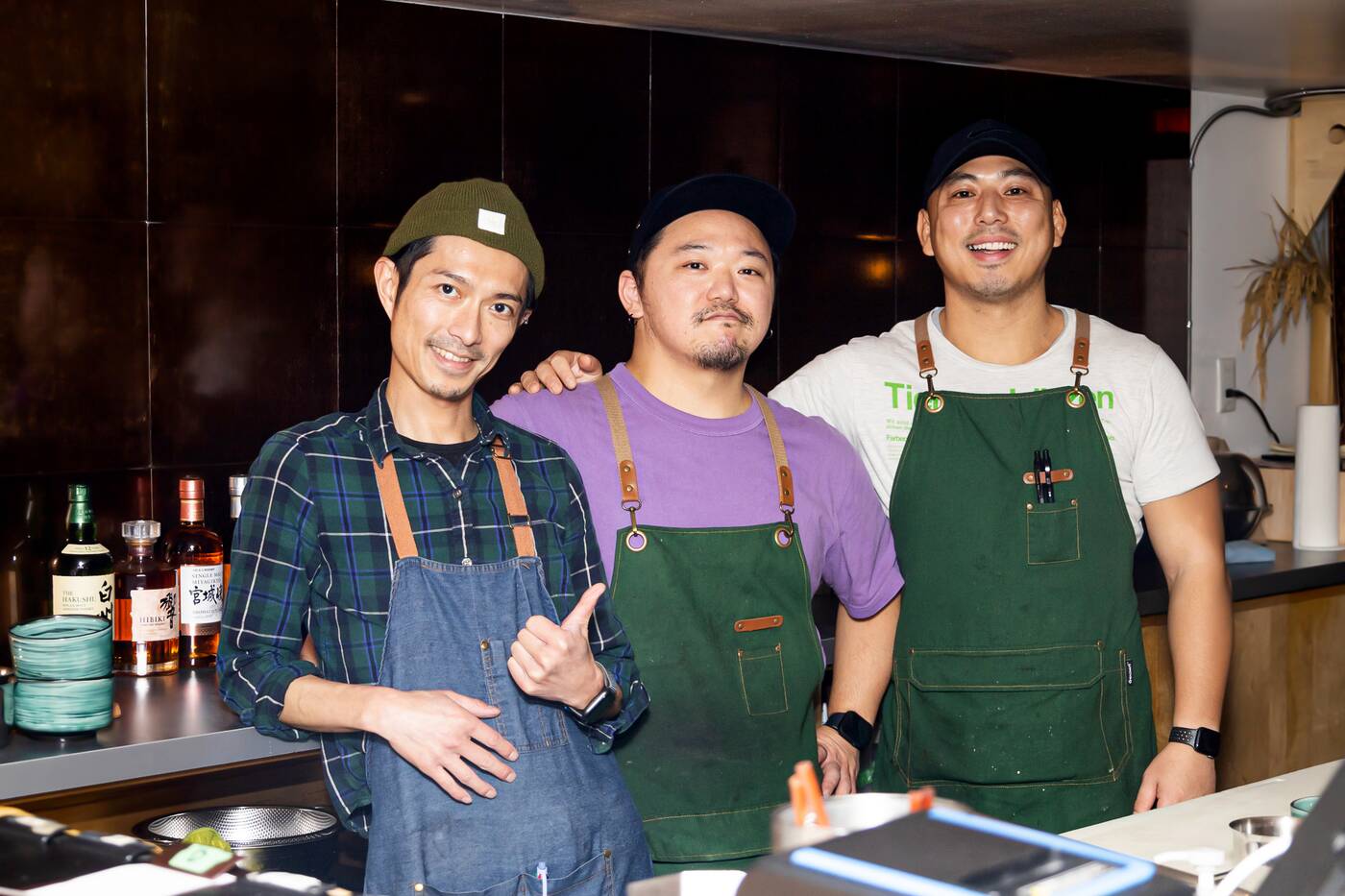 The kitchen is run by a lean team of three but the experience is as generous as they come.
The kitchen is run by a lean team of three but the experience is as generous as they come.
 New Retro is found on the basement level under Zakkushi at 193 Carlton St. It's closed Tuesdays and Wednesdays.
New Retro is found on the basement level under Zakkushi at 193 Carlton St. It's closed Tuesdays and Wednesdays.
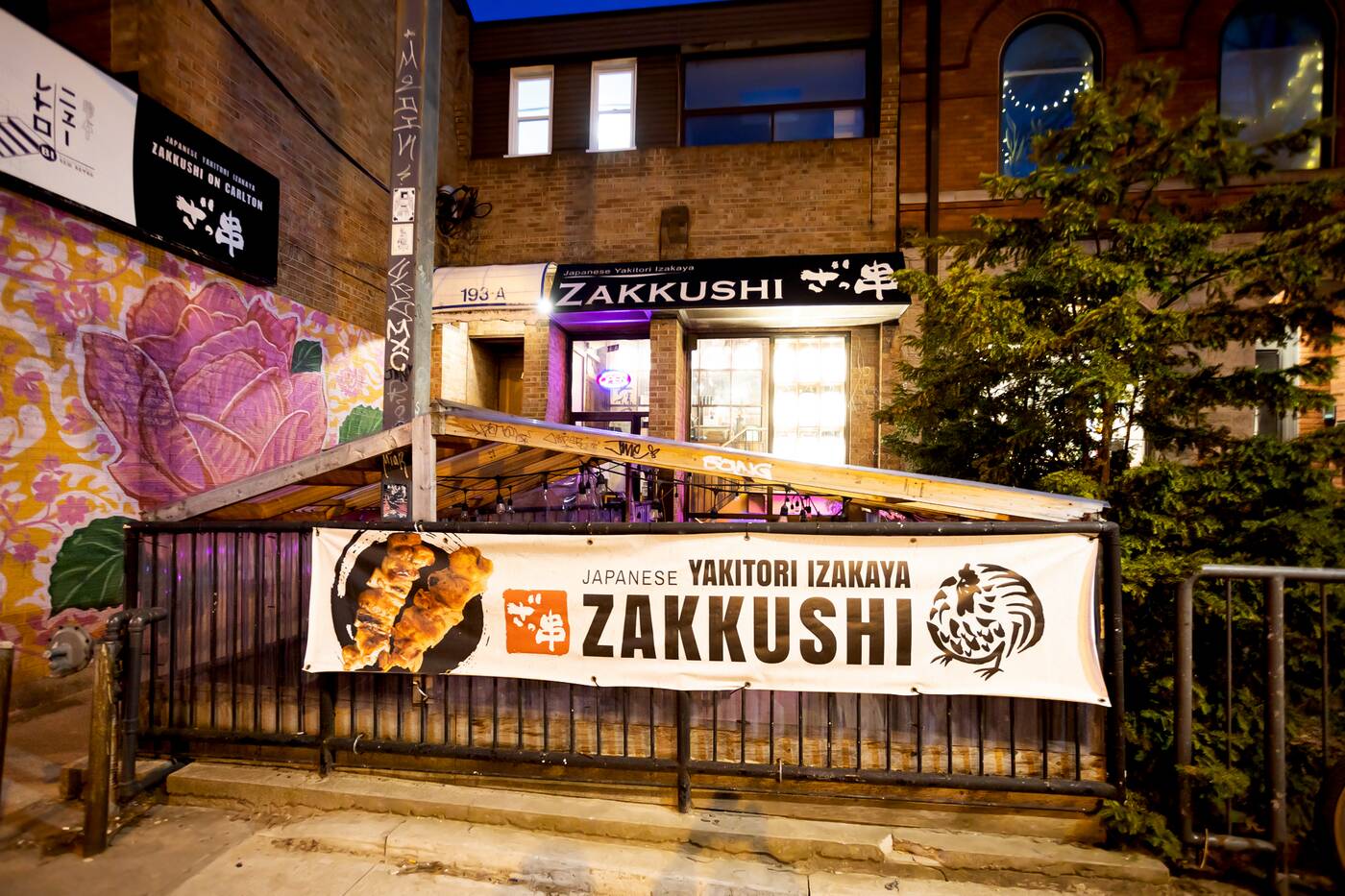
Fareen Karim








